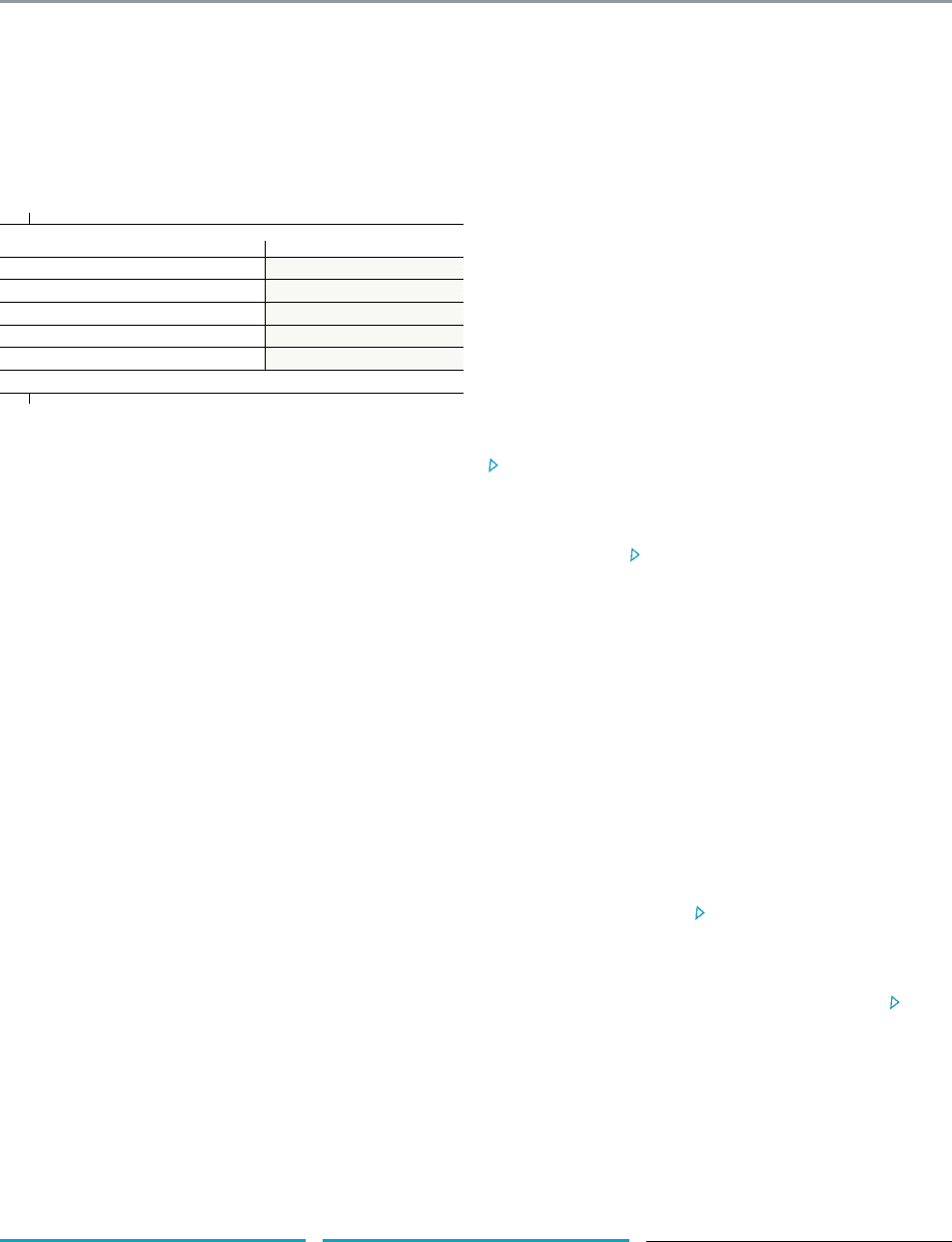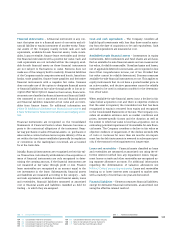Siemens 2011 Annual Report Download - page 267
Download and view the complete annual report
Please find page 267 of the 2011 Siemens annual report below. You can navigate through the pages in the report by either clicking on the pages listed below, or by using the keyword search tool below to find specific information within the annual report.
153 D. Consolidated Financial Statements 273 E. Additional information
158 D. Consolidated Statements of Changes in Equity
160 D. Notes to Consolidated Financial Statements
266 D. Supervisory Board and Managing Board
154 D. Consolidated Statements of Income
155 D. Consolidated Statements of Comprehensive Income
156 D. Consolidated Statements of Financial Position
157 D. Consolidated Statements of Cash Flow
line method. Residual values and useful lives are reviewed an-
nually and, if expectations differ from previous estimates, ad-
justed accordingly. Costs of construction of qualifying assets,
i.e. assets that require a substantial period of time to be ready
for its intended use, include capitalized interest, which is am-
ortized over the estimated useful life of the related asset. The
following useful lives are assumed:
Factory and office buildings 20 to 50 years
Other buildings 5 to 10 years
Technical machinery & equipment 5 to 10 years
Furniture & office equipment generally 5 years
Equipment leased to others generally 3 to 5 years
Impairment of property, plant and equipment and other
intangible assets – The Company reviews property, plant and
equipment and other intangible assets for impairment when-
ever events or changes in circumstances indicate that the car-
rying amount of an asset may not be recoverable. In addition,
intangible assets with indefinite useful lives as well as intan-
gible assets not yet available for use are subject to an annual
impairment test. Recoverability of assets is measured by the
comparison of the carrying amount of the asset to the recov-
erable amount, which is the higher of the asset’s value in use
and its fair value less costs to sell. If assets do not generate
cash inflows that are largely independent of those from other
assets or groups of assets, the impairment test is not per-
formed at an individual asset level, instead, it is performed at
the level of the cash-generating unit the asset belongs to. If
such assets are considered to be impaired, the impairment to
be recognized is measured by the amount by which the carry-
ing amount of the assets or cash generating unit exceeds
their recoverable amount. If the fair value cannot be deter-
mined, the assets’ value in use is applied as their recoverable
amount. The assets’ value in use is measured by discounting
their estimated future cash flows. If there is an indication that
the reasons which caused the impairment no longer exist,
Siemens assesses the need to reverse all or a portion of the
impairment.
The Company ’s property, plant and equipment and other in-
tangible assets to be disposed of are recorded at the lower of
carrying amount or fair value less costs to sell and deprecia-
tion is ceased.
Discontinued operations and non-current assets held for
disposal – Discontinued operations are reported when a com-
ponent of an entity comprising operations and cash flows
that can be clearly distinguished, operationally and for finan-
cial reporting purposes, from the rest of the entity is classified
as held for disposal or has been disposed of, if the component
either () represents a separate major line of business or geo-
graphical area of operations and () is part of a single co-ordi-
nated plan to dispose of a separate major line of business or
geographical area of operations or () is a subsidiary acquired
exclusively with a view to resale. In the Consolidated State-
ments of Income, income (loss) from discontinued operations
is reported separately from income and expenses from con-
tinuing operations; prior periods are presented on a compara-
ble basis. In the Consolidated Statements of Cash Flow, the
cash flows from discontinued operations are presented sepa-
rately from cash flows of continuing operations; prior periods
are presented on a comparable basis. The disclosures in the
Notes to the Consolidated Financial Statements outside
Note Acquisitions, dispositions and discontinued opera-
tions that refer to the Consolidated Statements of Income and
the Consolidated Statements of Cash Flow generally relate to
continuing operations. Siemens reports discontinued opera-
tions separately in Note Acquisitions, dispositions and dis-
continued operations. In order to present the financial effects
of a discontinued operation revenues and expenses arising
from intragroup transactions are eliminated except for those
revenues and expenses that are considered to continue after
the disposal of the discontinued operation. In any case no
profit or loss is recognized for intragroup transactions.
Siemens classifies a non-current asset or a disposal group as
held for disposal if its carrying amount will be recovered prin-
cipally through a sale transaction rather than through con-
tinuing use. For this to be the case, the asset or disposal
group must be available for immediate sale in its present con-
dition subject only to terms that are usual and customary for
sales of such assets or disposal groups and its sale must be
highly probable. The disclosures in Notes to Consolidated Fi-
nancial Statements outside Note Acquisitions, dispositions
and discontinued operations that refer to the Consolidated
Statements of Financial Position generally relate to assets that
are not held for disposal. Siemens reports non-current assets
or disposal groups held for disposal separately in Note
Acquisitions, dispositions and discontinued operations. Non-
current assets classified as held for disposal and disposal
groups are measured at the lower of their carrying amount
and fair value less costs to sell, unless these items presented
























